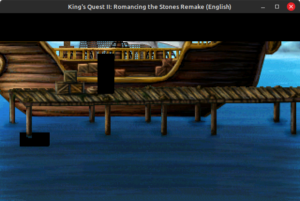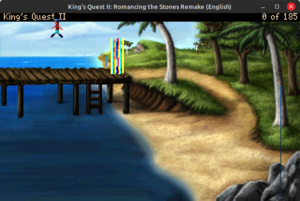Well guys, I already got optimizations done for x86_64 and ARM on the Adventure Game Studio, which is almost everything I wanted done with it anyways. All I have left is optimizing it for PowerPC, (and possibly other architectures, but I can’t think of any other ones). Anyways, my mentors and I both thought it would be better to also work on the general Graphics::ManagedSurface code and optimize that instead of optimizing only AGS code. So my plan looks as follows:
- Clean up the Graphics::TransparentSurface code by moving its blitting functions into graphics/blit-alpha.cpp.
- Then add the relevant blitting methods into Graphics::ManagedSurface, and then…
- Phase out Graphics::TransparentSurface, first by removing it from the Broken Sword 2.5 engine, and then possibly removing it from the other engines.
- Then start on a way for me to put CPU extensions detection into ScummVM so I can use SSE2/SSE4/AVX depending on what’s available (or NEON if arm7 supports it).
- Actually implement the vectorized versions of the blitting/blending code for the new Graphics::ManagedSurface.
And when I finally get back to my AGS code, I will have to just make sure that it compiles on all of ScummVM’s targets (even if I didn’t specifically optimize for them, you know just in case), and try to get PowerPC to work (it was proving quite difficult as I don’t have PowerPC hardware except for my Xbox360 I guess).



